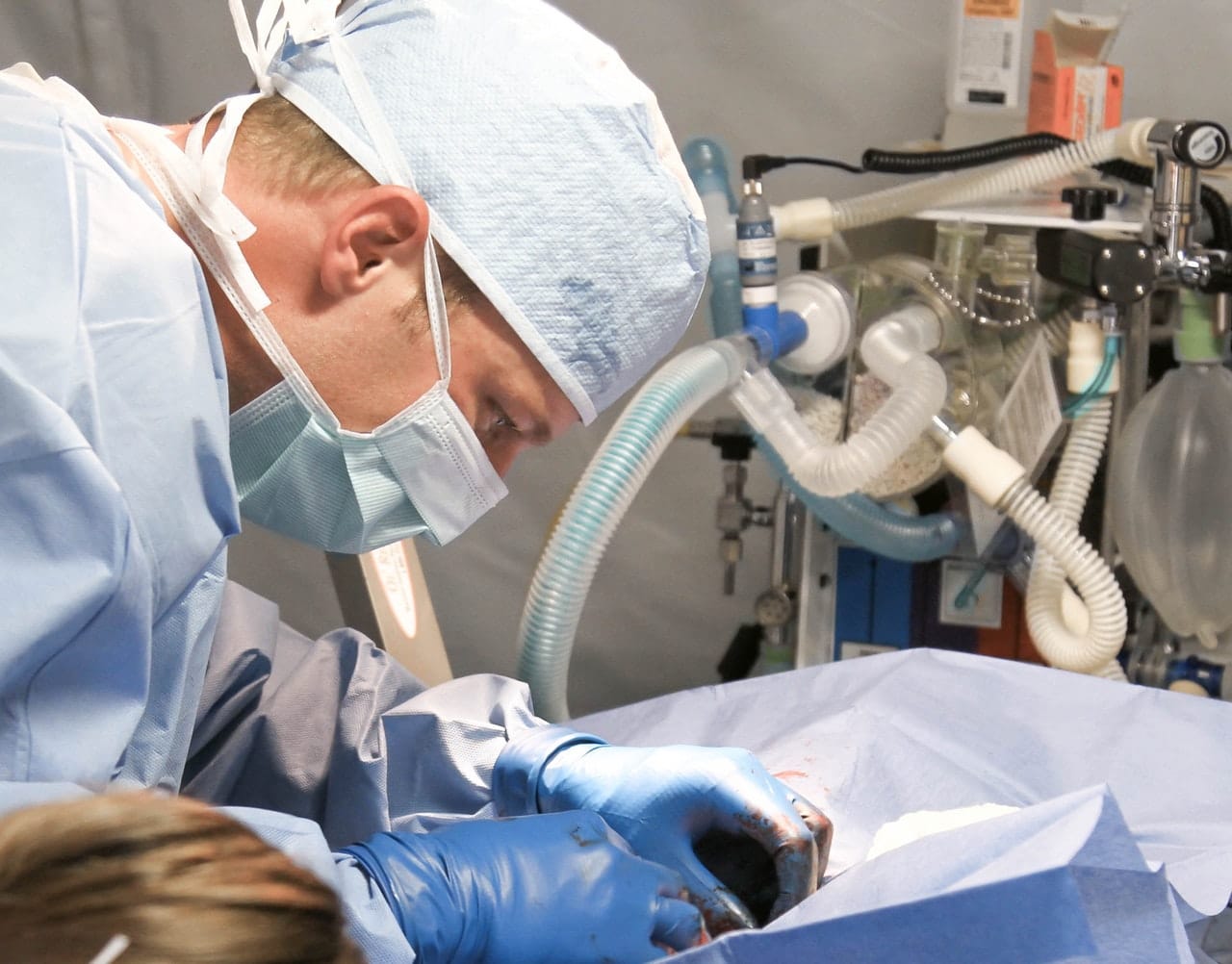Balloon Sinuplasty vs Traditional Sinus Surgery

Those who suffer from chronic sinusitis know how frustrating it can be. Much more than just a stuffy nose, sinusitis can cause painful headaches, facial tenderness, sore throats, and pressure in the ears and teeth. Dealing with these symptoms on a daily basis can be incredibly tiring for sufferers, leading many to consider taking medical action.
Technology has come a long way in recent years, offering sinusitis sufferers options in terms of surgeries. The two main options are traditional sinus surgery and balloon sinuplasty. These options vary greatly from each other in terms of the actual procedure, recovery, cost and invasiveness. Keep reading to learn more about some of these key differences and see which option seems best for you.
The Procedure
There are actually three procedures you can undergo when getting traditional sinus surgery. These are maxillary antrostomy, which treats the sinus at the back of the cheek, ethmoidectomy, for behind the eyes and the bridge of the nose, and turbinoplasty, for blockages caused by enlargement of the nasal turbinates or a twisted septum.
With traditional sinus surgery, an opening is made into the sinus from inside the mouth or the skin of the face. The doctor will then remove tissue or bone that is impeding the sinus. In extreme cases, he or she may leave a temporary opening to help drain an infection. Because this is a fairly complex procedure, you will be put under general anesthesia and must undergo the surgery at a hospital.
Balloon sinuplasty is a lot less invasive. In this procedure, the doctor inserts a balloon into the sinus and then expands it to fix blocked openings and remove mucus. Restoring this opening allows long-term reduction of inflammation and infections. Since the surgery is relatively simple, it can be done at a doctor’s office or outpatient facility. There is also no need for general anesthesia, although some surgeons choose to use it to make patients feel more comfortable.
Recovery
The recovery time for each procedure is directly related to how invasive they are. As traditional surgery involves the removal of bones or tissue, you will likely need a couple of weeks to recover. As the procedure requires general anesthesia, you may be groggy for a couple of days as well.
Perhaps the most dreaded aspect of sinus surgery is packing the nose during recovery. Packing simply means stuffing the nose with gauze to absorb blood and other forms of drainage. Depending on your drainage, the packing may need to be changed multiple times a day or every few days. Patients often consider this step in the healing process worse than the actual procedure, although you will have pain medicine to help you cope.
Balloon sinuplasty, because of its less invasive nature, has a much shorter recovery period. The surgery works with the natural openings, causing less damage and decreasing the odds of scarring. This means that most patients are able to go back to work or their daily activities within one to two days of the procedure. Packing is also not necessary with this procedure.
There are small things you can do post-surgery to increase your comfort, regardless of which type of surgery you undergo. These include using a humidifier to keep air moist, using saltwater nasal washes to keep your sinuses moist, and avoiding bending forward or blowing your nose.
Cost
Price is obviously a very important factor when deciding to undergo a procedure. Costs for these procedures, like any procedures can be broken down into three main categories: surgeon’s fees, anesthesia fee, and hospital or surgery center fee. Your surgeon fee will largely depend on how experienced your surgeon is, among other factors like availability and location. Your surgeon should give you an estimate during your consultation.
The cost difference between traditional sinus surgery and balloon sinuplasty usually comes from differences in anesthesia fees and hospital fees. As previously mentioned, balloon sinuplasty does not require general anesthesia. Using local anesthesia instead can save quite a bit of money. Similarly, balloon sinuplasty is often done on an outpatient basis. This offers more savings, as hospitals are usually more expensive.
How to Choose
It’s important to note that not every person is a candidate for each surgery. Patients with severe structural issues, like large nasal polyps or a deviated septum, will likely have better results from traditional sinus surgery. Patients without structural issues will do well to go with balloon sinuplasty.
The best sinus surgery for you is the one that provides the best results. Trust your doctor in making the right decision in procedure and don’t be afraid to ask questions. If you select the right doctor to perform your surgery, it should be a success regardless of which procedure you end up getting.
Dr. Rubinstein, founder of the Hudson Valley Sinus Center, is one of the leading ENT surgeons in New York. Board certified by both the American Board of Otolaryngology-Head and Neck Surgery and the American Board of Facial Plastic Surgery, Dr. Rubinstein has been practicing for over 15 years. He also serves as an assistant professor at Columbia University’s prestigious New York-Presbyterian Hospital, education a new generation of surgeons.
